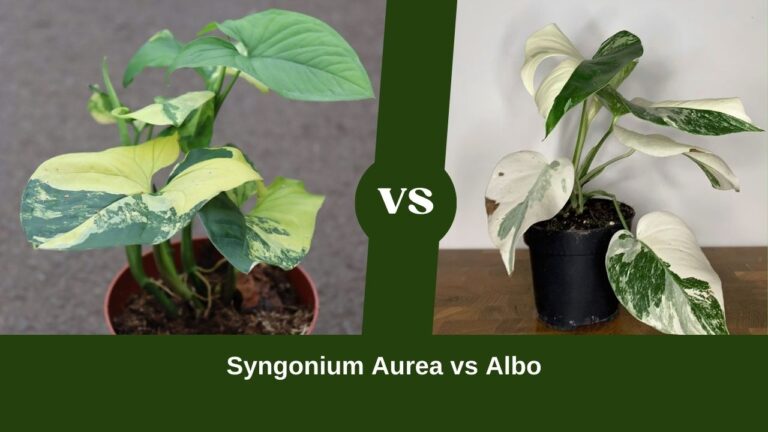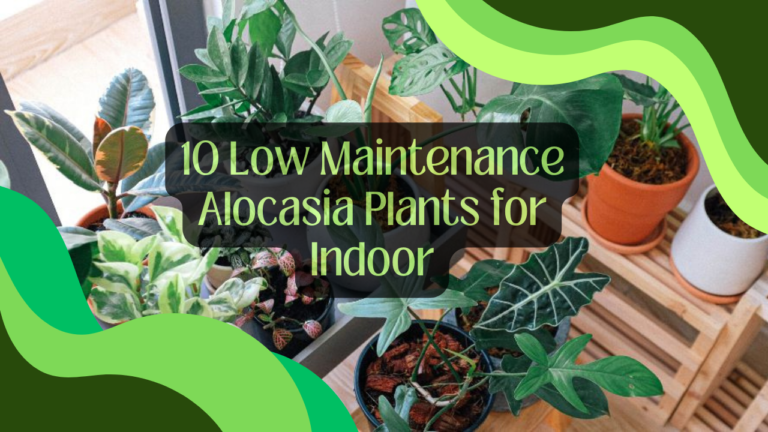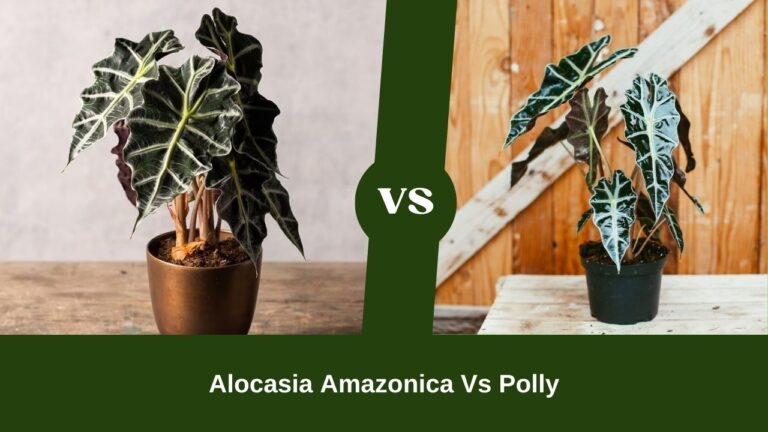Calathea Triostar Vs Stromanthe: An Indoor Plant Show
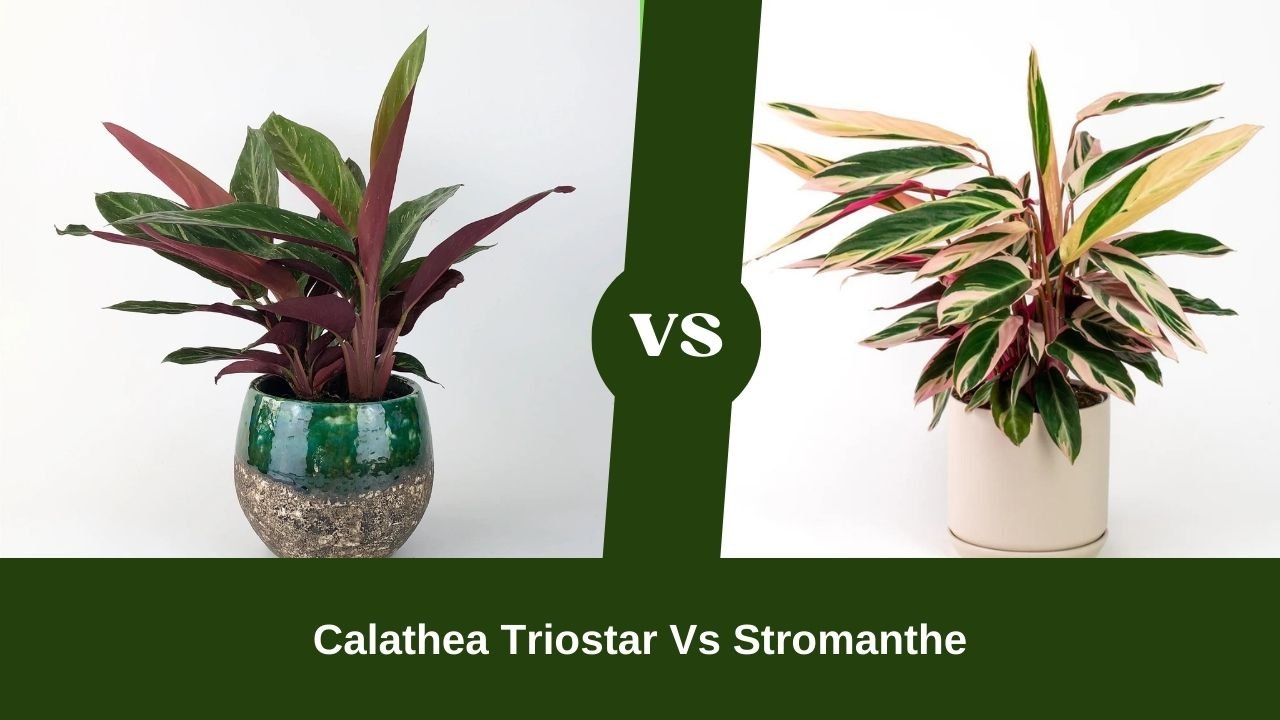
The main difference between Calathea Triostar and Stromanthe is in their appearance. Calathea Triostar has variegated pink, green, and white leaves, while Stromanthe has variegated red, green, and cream leaves.
This is not the end, there are so many differences between these two in care, growth patterns, light requirements, and watering. In this discussion, I will give you a detailed discussion about these two types of Calathea. So, let’s start the discussion.

Table of Contents
Calathea Triostar Vs Stromanthe: Generic Differences
Here is a table to show how these two plants are different from one another. You will get a basic idea of the differences between these two.
| Criteria | Calathea Triostar | Stromanthe |
| Common Name | Calathea Triostar | (Never-Never Plant) |
| Scientific Name | Stromanthe sanguinea | Stromanthe sanguinea |
| Family | Marantaceae | Marantaceae |
| Plant Type | Perennial, Indoor | Perennial, Indoor |
| Toxicity | Non-toxic to humans and pets. | Non-Toxic to Pets |
| Life Time | approximately 10 years. | approximately 10 years. |
How Aesthetic is Calathea Triostar And Stromanthe?
In terms of appearance, both plants are worth raising. But there are a few differences though. Let’s have a look at the different care aspects between these two indoor plants.
| Criteria | Calathea Triostar | Stromanthe |
| Size | 65- 70cm | 2-3 feet tall |
| Leaves | Pink, beige, purple, red | Cream, pink, and green on the upper surface |
| Flower | Tubular flowers. | Pinkish red with white flowers |
| Root | Fibrous roots | Fibrous roots |
| Stems and Bark | Green stems | Green or reddish stems |
| Growth Habit | Tropical houseplants | Upright spreading habit of growth. |
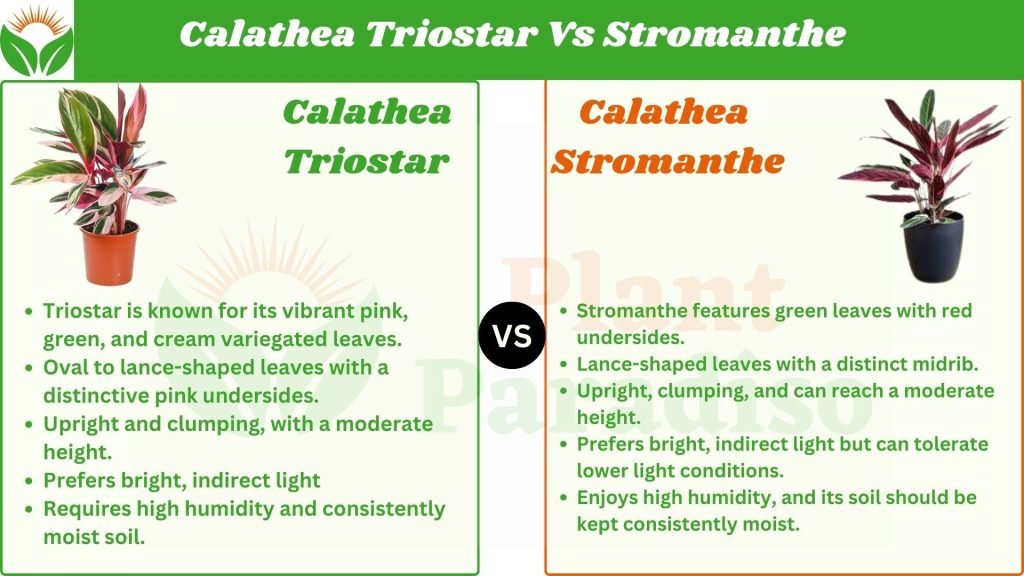
Triostar is Multicolored
The Triostar is prized for its multicolored leaves in shades of pink, purple, red, and green that create captivating patterns. It reaches about 2 feet tall at maturity, making it well-suited to compact spaces. The Stromanthe also boasts elegant variegated leaves. But in more subdued tones of cream, pink and green. It can grow quite tall, up to 3 feet, and spreads upright to make a statement.
The Elegant Stromanthe Flower is Outstanding!
Beyond leaf colors and plant size, further variations can be seen in their flowers, stem color, and growth habits. The Triostar produces small tubular blooms, though its leaves steal the show.
The Stromanthe has more prominent flowers in red and white when in bloom. Their stems also differ, with the Triostar having solid green and the Stromanthe showing green to reddish hues. And while the Triostar is bushy, the Stromanthe has a more spreading form.
In the end, choosing between these prayer plant beauties comes down to the size you need and the leaf patterns that most appeal. The compact Triostar brings a rainbow of color, while the taller Stromanthe offers an elegant modern tropical look. Either one can fill a space with an exotic plant personality.
Writer’s Feedback: Trioster will be A Better Choice for Indoor?
First thing first, that’s just a personalized opinion. It’s you who have to make the decision. Based on some factors I think Triosters wins by an edge.
The Triostar is better equipped to handle a wider range of light conditions, from medium to bright indirect light. The Stromanthe is a bit more particular, requiring strictly indirect, medium-light to avoid scorching. This gives the Triostar an advantage in flexibility for lighting.
Additionally, the Triostar is less fussy when it comes to watering and humidity. While both plants require consistently moist soil and high humidity, the Triostar is generally more tolerant if conditions are not perfect. The Stromanthe is a bit more prone to leaf browning and damage if moisture levels fluctuate.
Finally, the Triostar has greater resistance to common houseplant pests and diseases. While both can suffer from issues like spider mites and root rot if overwatered, the Stromanthe tends to decline more quickly when infested. The Triostar’s higher tolerance makes it easier to care for long-term.
So, the Calathea Triostar is the lower maintenance choice over the Stromanthe for its ability to thrive in a broader range of conditions. The Triostar’s adaptability makes it a great plant for beginner plant parents too!
Which One Will Be Good For You?
The choice between Calathea Triostar and Stromanthe largely depends on individual preferences, care capabilities, and the specific environment in which the plant will be placed. Here are some guidelines to help you decide which plant is better for whom:
Calathea Triostaris A Good Choice For
- Those who prefer a more compact and bushy plant for smaller spaces.
- Individuals who enjoy vibrant, colorful foliage with shades of pink, beige, purple, and red.
- Those who can provide medium to bright indirect light and maintain high humidity levels.
- Gardeners who are vigilant about keeping the soil consistently moist but not waterlogged.
- People who appreciate the exotic and striking appearance of Calathea species.
Stromanthe Is A Good Choice For
- Individuals with larger spaces or those looking for a floor plant due to its taller, upright growth habit.
- People admire variegated foliage with cream, pink, and green hues, especially on the upper leaf surface.
- Those who can provide medium, indirect light and maintain a high humidity environment.
- Gardeners who are committed to keeping the soil consistently moist and well-drained.
- Those who appreciate the tropical, elegant look of Stromanthe plants.
Ultimately, both Calathea Triostar and Stromanthe require similar care in terms of light, water, and humidity, but the choice between them comes down to personal taste in terms of their appearance and how much space you can dedicate to them.
Sums Up
The choice between Calathea Triostar and Stromanthe is a matter of personal preference and space considerations. Both plants share almost similar care requirements, including their need for medium to bright indirect light, consistently moist soil, and high humidity. However, they diverge in terms of size and appearance.
Hope you get the points of differences and similarities between these two plants. Now you can select your plant for the indoor spaces. That was all for today. Thanks for reading my blog.


